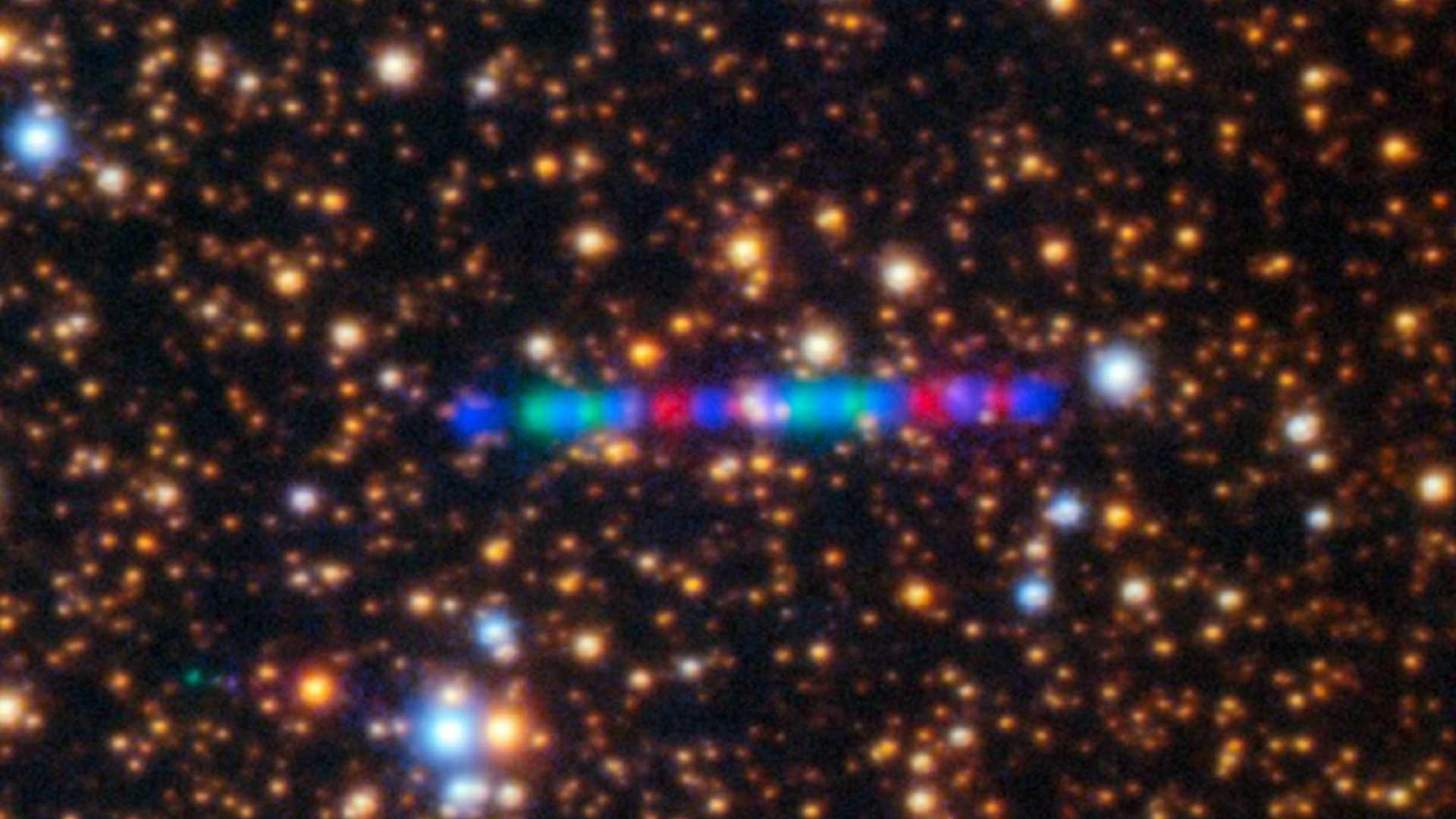News
Scientists Uncover Secrets of Interstellar Comet 3I/ATLAS

Río Hurtado, Chile — Astronomers studying the interstellar comet 3I/ATLAS have made surprising discoveries about its chemical composition as it nears the Sun. The comet, discovered on July 1, 2025, is only the third confirmed interstellar object ever found.
When initially detected by the Asteroid Terrestrial-impact Last Alert System (ATLAS), 3I/ATLAS exhibited an unusual trajectory that suggested it originated from beyond our solar system. This particular path allows scientists to study its behavior as it approaches the Sun.
Among the recent findings, researchers detected glowing nickel vapor around the comet at a distance of 3.88 astronomical units (AU) from the Sun. This distance is nearly four times that of Earth and raises questions about how metals can vaporize in such cold temperatures.
Dr. Rohan Rahatgaonkar from the Instituto de Astrofísica-Pontificia Universidad Católica de Chile, part of the international research team, emphasized the significance of this detection. “The amount of nickel vapor increased as the comet approached the Sun, marking a fascinating sequence of chemical activation,” he stated.
By mid-August, researchers detected cyanogen gas while observing 3I/ATLAS at approximately 3.07 AU from the Sun. However, the team found the presence of nickel without concurrent detection of iron, suggesting unique release processes at lower temperatures.
The observations, complemented by data from the James Webb Space Telescope (JWST), revealed that 3I/ATLAS has a complex mix of gases, showing a higher-than-usual ratio of carbon dioxide compared to water. This challenges existing theories about the formation and behavior of solar system comets.
As 3I/ATLAS approaches its perihelion on October 29, 2025, astronomers are conducting a global observation campaign to learn about this ancient comet’s origins and its journey through space. The unique characteristics of 3I/ATLAS could provide insights into the building blocks of planetary systems beyond our own.
“We may be observing the oldest comet ever seen, potentially formed billions of years ago,” Dr. Darryl Z. Seligman noted, highlighting its importance for astrophysical studies. Researchers expect to gather more significant data as 3I/ATLAS gets closer to the Sun.
Scientists from around the world, including teams in the U.S., Canada, Chile, and Europe, are excited about exploring this interstellar visitor before it departs our solar system. With the comet rapidly approaching, astronomers hope to capture as much data as possible, providing unprecedented opportunities to study materials from another star system.












